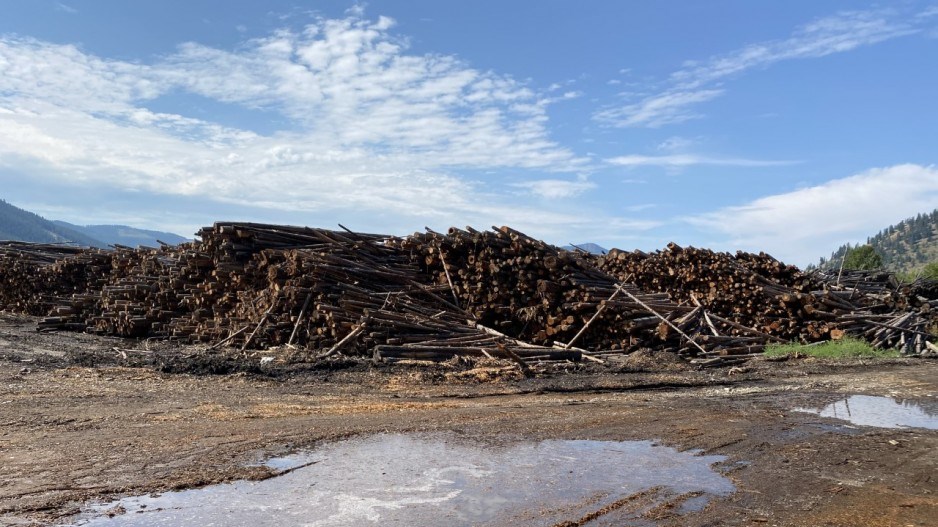Somewhere in the world, forests may be harvested to feed the bioenergy industry, but that’s not happening in Canada, a new study says.
A study commissioned by the Wood Pellet Association of Canada concludes 85% of the inputs of wood pellets in B.C. is waste from sawmills and other secondary manufacturing, like plywood mills, with 15% coming from “bush grind” and low-quality logs that would otherwise likely be burned in slash piles.
Canada is the world's second largest wood pellet producer, and with 12 pellet mills, B.C. is Canada's largest producer of wood pellets, which are exported to Asia and Europe, where they are mostly burned in thermal power plants as an alternative to coal.
The association commissioned four forestry experts and registered foresters, including Gary Bull at the University of BC’s Faculty of Forestry, to review industry and government data to determine just what goes into the wood pellets made in B.C.
They reviewed government and industry databases, including confidential commercial data, and also reviewed audit reports and interviewed pellet plant operators.
As detailed recently by BIV News, the wood pellet industry has come under increasing scrutiny from environmentalists in Canada, the U.S. and Europe who are now questioning the carbon neutrality of wood biomass energy.
Their main concern is that, as the demand for renewable biomass energy grows, intact forests may be harvested to supply the growing demand.
“We reviewed the data for virtually every truckload of fibre for each pellet mill in the province and were able to source forest-based residuals down to the forest harvesting block for each mill,” Bull said in a press release accompanying the report.
“The findings were clear: 85 per cent of the fibre for pellets comes from the by-products of the sawmills and allied industries, and the remaining 15 per cent comes from bush grind and low-quality logs where the only other option is to burn the low-grade logs and brush piles on site in order to reduce fire risk.”
Bull also notes that “almost all the pellets produced in B.C. are certified under the international recognized Sustainable Biomass Program and the fibre is from sustainably managed forests in B.C. certified under the Canadian Standards Association, the Forest Stewardship Council or the Sustainable Forestry Initiative."
Of the 15% of inputs that are not sawmill waste, low-quality logs make up 11%, the study found, and bush grind (otherwise known as hog fuel) 4%. This is wood debris that is ground up at timber harvest sites.
Of the low-quality logs that are used (also called bio-logs), some are pulp logs, which is timber that is either too small or too poor in qrade to be milled into lumber. They are typically sold to pulp mills, but can also sometimes be sold to wood pellet mills.
“However, because biomass has a much lower value than pulp, this will only happen when the transportation cost to a pulp mill is prohibitive and there is a closer market for biomass fuel,” the study notes.
“The notion of harvesting whole stands of timber or displacing higher value forest products for the purpose of producing wood pellets is counter to the overall economic and environmental objectives of using wood pellets,” said Jim Thrower, president at Westwood Fibre Resources.
Some pellet mills use more low quality bio-logs than others. Drax’s pellet mill in Burns Lake is one example.
“The original feedstock strategy for the plant was focused on local sawmill residuals,” the study notes. “However, a new feedstock and role for the facility arose with the mountain pine beetle epidemic, which produced large quantities of low quality roundwood and forest residues. "Extracting these low-quality portions of the stands would make it more financially attractive to access the higher quality sawlogs and help mitigate the risk of wildfire.”




